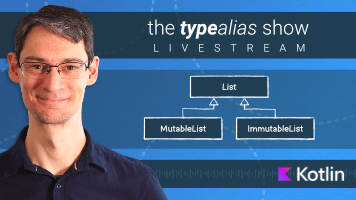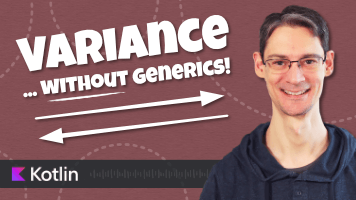Kotlin: An Illustrated Guide - Now in Print! 🎉
Kotlin: An Illustrated Guide is available in paperback for the first time! Thanks to your warm support, it hit the #1 New Release spot in several programming-related categories on Amazon during launch week!
For those who prefer a PDF edition, you can pick it up from either Leanpub or the TypeAlias Shop.
And exciting news for those in Russia - we’ve coordinated with DMK Press Publishing to make a Russian translation available in both print and e-book editions.














































































